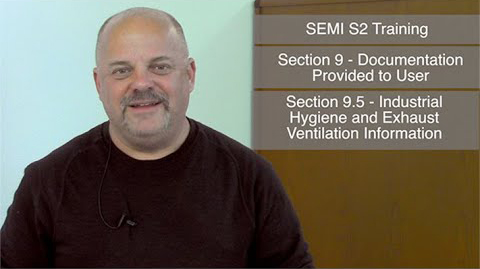Steve Barcik Amstel has been guiding us through the SEMI S2 standard and our most recent videos have been dealing with Section 9 – Documentation Provided to User and our next section is Section 9.5, which deals with industrial hygiene and exhaust ventilation data.
In this section of our training we discuss Industrial hygiene & exhaust which are critical parameters for equipment using toxic, pyrophoric, corrosive and / or flammable materials.
High Tech Design Safety has been around for twenty-five years as a consulting firm for high tech equipment and primarily semiconductor equipment. SEMI S2 is a guideline for semiconductor equipment and the environmental, health, and safety performance of that equipment.
This training on SEMI S2, is a section by section and line by line training course to provide you, your teams, engineers and company detailed information about how SEMI S2 is written, how to comply with it and how we will evaluate your equipment to provide conformity for SEMI S2.
Link to video also available here: https://youtu.be/1HntG9zDVXs
Section 9 is all the information an equipment supplier is required to provide the end user of the equipment. In this section (Section 9.5) for Industrial Hygiene and exhaust ventilation is dealt with clearly in SEMI S2 and also in a related standard SEMI S6, which is ventilation testing for semiconductor equipment.
The industrial hygiene information is covered further in Sections 22 thru 27 of SEMI S2. We will further cover those sections in a later video in this video training series. Look for those specific sections to get more depth and detail on the requirements for your equipment and the informational requirements you must provide to your end user.
These industrial hygiene sections deal with what chemicals you are going to be using in your equipment, the hazards of those materials to the health and well-being of the employees installing, operating, maintaining, servicing and disposing of that equipment.
Industrial hygiene data will also include toxicology information on those chemicals. It will require a copy of a chemical data sheet, a safety data sheet or a MSDS (Material Safety Data Sheet). All of this information will go to the end users so that they can prepare the equipment and space for using those chemicals. Often, we get the question, “what if the end user might use a chemical that we don’t know about…or use something different…or change the chemistry?” In SEMI S2, you are expected to provide what you would call a baseline process. What is the base normal or most simple process that your equipment would use?
If you know that particular chemicals that would cause a hazard or should not be used that should also be detailed in this information. Typically, when you do a ventilation assessment the results will include what is the highest delivery rate in the lowest occupational exposure limit possible based on the exhaust flow specified. In some cases, end-users will want to use a chemical that is extremely toxic and has a very low occupational exposure limit. They will need to have an additional study done to evaluate if additional exhaust flow will be suitable for that new chemical that they choose to use within the equipment.
In some cases, our company is brought in later to verify the use of very specific chemicals for very specific end user. For example, an end user might use some other chemical that has similar properties but maybe more flammable, more reactive or more toxic. We are called in to verify based on the testing already performed or to perform new testing to verify that chemical can be controlled.
As Steve mentioned earlier in this video, SEMI S6 which deals with testing to ensure exhaust ventilation is appropriate, we would challenge the equipment with a tracer gas such as sulfur hexafluoride or in the case of some chemicals, which are less risk involved, less hazard involved of flammability or toxicology, we may actually test the equipment with that baseline process or may challenge it with another chemical that mimics that baseline process, but is less hazardous on all of those fronts.
The full amount of data that will be supplied in those other SEMI S2 sections Steve mentioned earlier, Sections 22-27.
Please be sure to like and subscribe below. Make comments. And please reach out to us if you have questions about SEMI S2 or any other certification work that you need.


